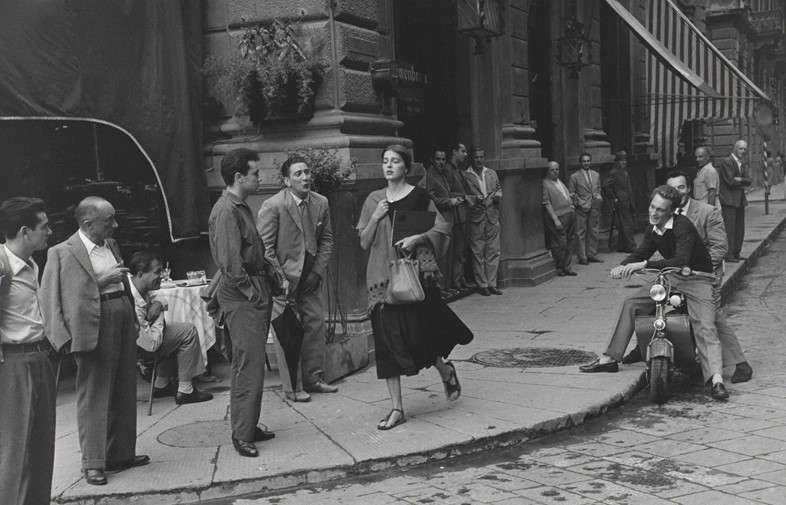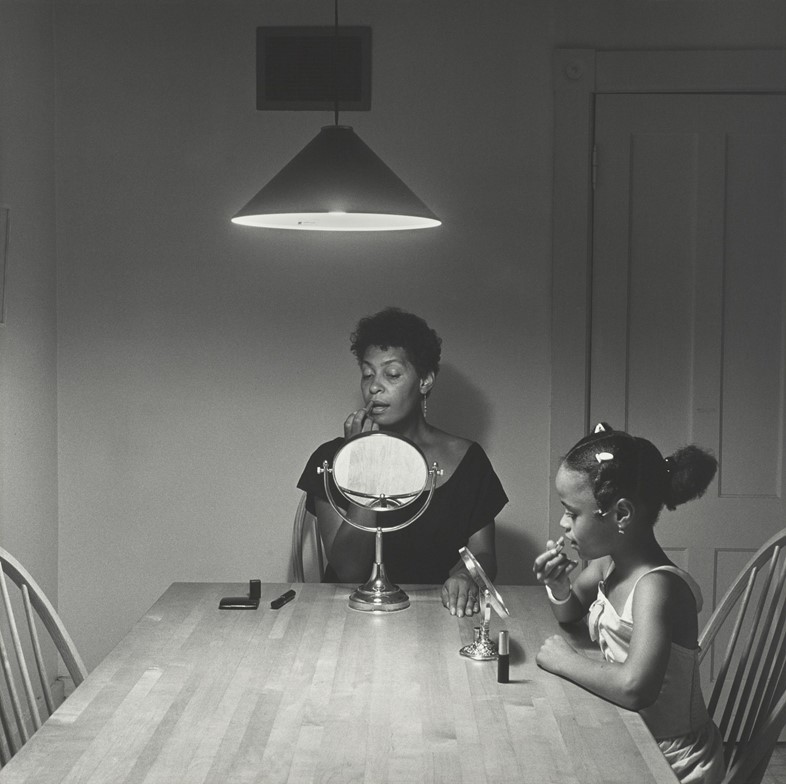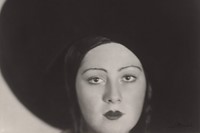Our Selves: Photographs by Women Artists from Helen Kornblum at The MoMa highlights photographic contributions made by women artists over the last 100 years
“The histories of feminism and photography have long been entwined,” curator Roxana Marcoci writes in the exhibition catalogue chapter ‘What Is a Feminist Picture?’ of the MoMa’s new exhibition, Our Selves: Photographs by Women Artists from Helen Kornblum. This is the question that underpins the show, which assembles 90 photographs by women artists, many of whom worked on the margins of art and have only recently received recognition. With an intersectional approach to feminism (embracing racial and class diversity), the show highlights the contributions of diverse women photographers working predominantly in the 20th century: from the Mexican photographer Lola Álvarez Bravo to the Austrian photographer Inge Morath, and the contemporary American artist Carrie Mae Weems.
Beyond the framework of feminism, the show articulates an evolving female subjectivity manifested through photography. “Not all of these artists thought of themselves as feminists” Marcoci asserts, “but the plurality of emancipatory experiences generated by their practices makes them part of a feminist tide that has had many different rhythms, waves, and intensities.” The show elucidates that the rise of women’s photography was interlinked with their increased empowerment and status in society. In the words of theorist Susan Sontag in her collection of essays On Photography (1977), to photograph “means putting oneself into a certain relation to the world that feels like knowledge – and, therefore, like power.”
The French Surrealist Claude Cahun (born Lucy Schwob) is one name that stands out. In today’s context, Cahun would have defined as gender nonconforming, having once declared “neuter is the only gender that always suits me”. Alongside their partner Marcel Moore (born Suzanne Malherbe) Cahun created a series of startling self-portraits that rethink the boundaries of identity. Anticipating Judith Butler’s theories on gender as a performative construct, Cahun roleplayed before the camera, often wearing androgynous attire. Inspired by the Surrealists, with whom she was affiliated in Paris, Cahun’s photomontage works, such as M.R.M (Sex), present disembodied bodily features; a kaleidoscopic self-portrait mirroring her own sense of fragmented personhood. Her work proposed a radical and empowered expression of an alternative ‘female’ experience in the world.
Around the same time, the American-born photographer Florence Henri moved to Paris, where she set up a photographic studio that, by the late 1920s, rivalled Man Ray’s. Henri would become the teacher of another generation of influential women photographers: Lisette Model and Gisèle Freund among others.
In 1927, Henri photographed Lucia Moholy, the fellow photographer and wife of her Bauhaus tutor László Moholy-Nagy. Moholy made substantial creative contributions to the photogram – a form of camera-less photography. Always known as Moholy-Nagy’s wife rather than as a photographer in her own right, Moholy’s work was often misattributed to her male peers. When forced to leave behind hundreds of glass negatives during the war, her work was co-opted by the Bauhaus founder Walter Gropius, who displayed her negatives at a MoMA exhibition without crediting her.

Moholy opened her own photography studio in Berlin, which also became home to other significant avant-garde women photographers in the late 1920s and 1930s. For example, the commercial studio Ringl + Pit was founded by Grete Stern and Ellen Auerbach, both of whom had been taught privately by the Bauhaus photographer Walter Peterhans. Specialising in portraiture and advertising, the studio was highly regarded, and the two women often presented their work as a creative partnership, thus destabilising the myth of the individual artistic male genius.
A figure who pushed the envelope for women photographers around the same time was Tina Modotti. Born in northern Italy, Modotti became a revolutionary activist and moved to Mexico, where she became close with Frida Kahlo, and participated in the Mexican Communist Party. Photographs such as Yank and Police Marionette (1929) reveal her social concerns, as the work directly referenced the play The Hairy Ape (1922) by Eugene O’Neill – an anti-bourgeois drama about class conflict and the denigration of the working class. In 1932, fellow avant-garde photographer Lotte Jacobi had visited Modotti in Moscow. In 1929, she photographed the Russian dancer Niura Norskaya in Head of a Dancer (1929).

Another photographer with strong political convictions was Kati Horna. Born into a Jewish family in Budapest, Horna was influenced by the Surrealist movement in Paris before becoming associated with the anti-fascist community in Berlin, alongside her close friend the photographer Robert Capa. Her commitment to anti-fascism led her to Spain with Capa in 1937, where she documented the civil war. Horna experimented with many photographic techniques, such as ‘gendered witnessing’, a self-coined approach to photography that accentuated the experiences of women during conflict. She also contributed to the anarcha-feminist magazines such as Mujeres libres (Free women), which supported women’s education and social liberation.
One of the most recognisable images in Our Selves is Ruth Orkin’s An American Girl in Italy (1951), a candid shot of Ninalee Craig walking down a Florentine street surrounded by ogling men. Revealing the kind of harassment women face in public areas, the photograph came about after Craig befriended the then 29-year-old Orkin when travelling solo in Europe. An image that has always divided opinion – many regard the female subject as a victim – Craig herself argued that she believes this iconic image represented female empowerment: “I’m self-assured. I own the street. I’m walking in total confidence. I’m not in the least flustered or bothered or apprehensive.” Over half a century later, this image still invites debate today, raising questions about the male gaze and how women perceive themselves in a patriarchal world.
Our Selves: Photographs by Women Artists from Helen Kornblum is at MoMa until October 2, 2022.






